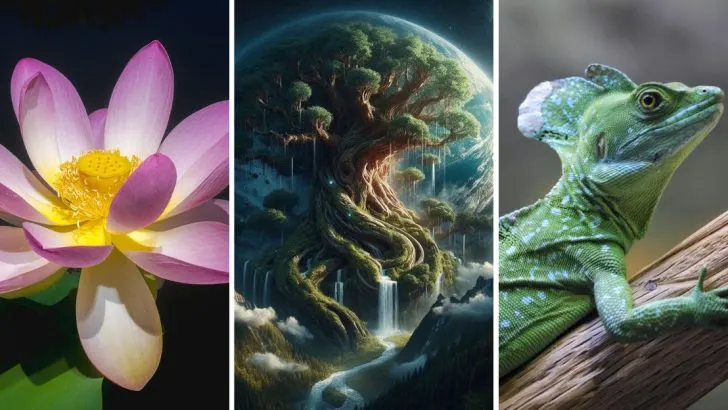Throughout human history, various plants and animals have been symbols of awe and mystery, finding their way into myths and legends across the world. These legends often attributed mystical powers and significance to these natural beings, weaving them into the cultural and spiritual fabric of ancient civilizations.
This article explores eight such plants and animals that have played mystical roles in ancient legends, captivating imaginations and inspiring stories for generations.
Yggdrasil, the World Tree

In Norse mythology, Yggdrasil stands as a colossal ash tree, a cosmic structure connecting the Nine Worlds. It symbolizes the universe’s cycle of creation and destruction.
The gods hold counsel at its base, and its roots extend to various realms, including Asgard and Hel. Yggdrasil’s centrality in Norse cosmology underscores its importance.
The tree’s roots need constant care, tended by ancient Norns, ensuring its vitality. Revered as a life-giver, Yggdrasil embodies the interconnectedness of existence, a timeless symbol of nature’s mysticism and power.
This ancient tree continues to inspire stories of strength and unity.
Phoenix
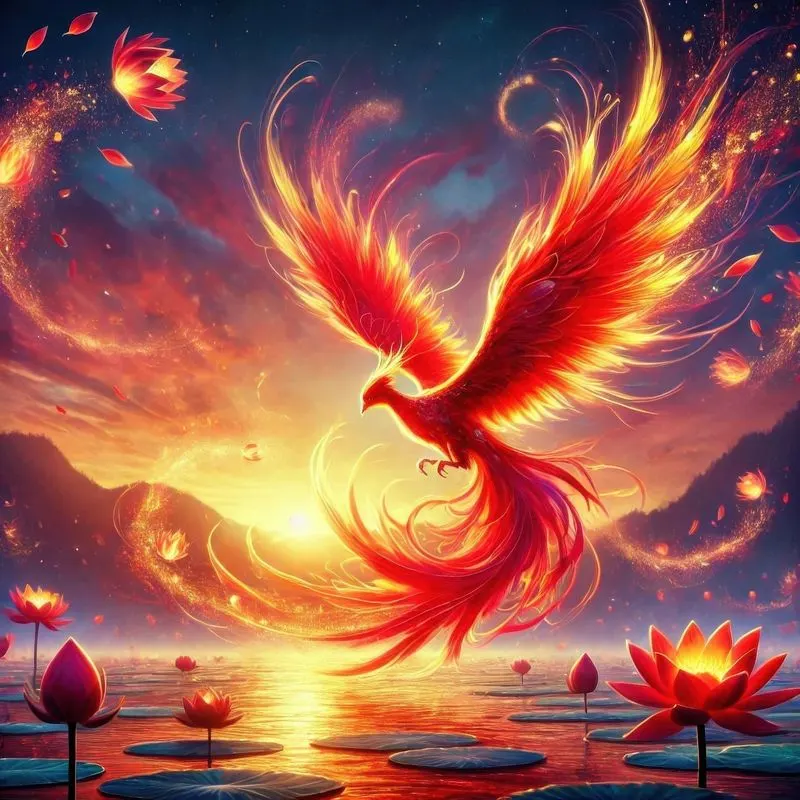
The Phoenix is a legendary bird associated with the sun, known for its cycle of rebirth from ashes. In ancient Greek mythology, it symbolizes immortality and renewal.
The Phoenix is said to live for centuries before igniting into flames, only to rise anew, a radiant symbol of hope. Its vibrant plumage and majestic flight captivate imaginations, embodying resilience.
This mythical creature transcends cultures, appearing in Egyptian, Persian, and Chinese legends. It inspires stories of personal transformation, urging individuals to embrace change and emerge stronger.
The Phoenix remains an enduring emblem of regeneration.
Celtic Oak
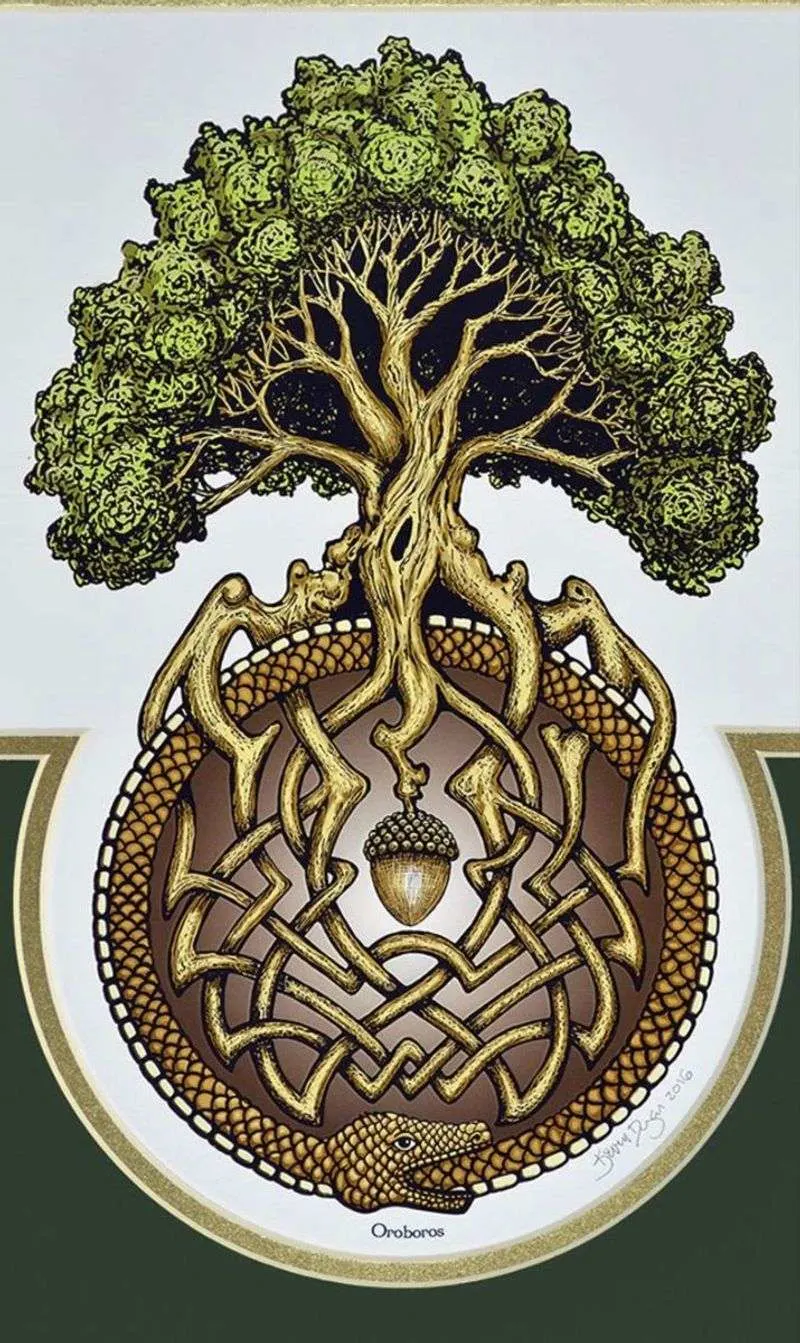
In Celtic mythology, the oak tree holds a sacred place, revered for its strength and longevity. Symbolizing wisdom and endurance, it serves as a bridge between the earthly and spiritual worlds.
Druids, the Celtic priests, believed the oak had mystical powers, using it in rituals and ceremonies. The tree’s acorns represent potential and growth.
Oaks were often meeting places for ancient gatherings, fostering a sense of community. The Celtic oak’s enduring presence in nature reflects its role as a guardian of knowledge and tradition, bridging past and future.
It continues to inspire reverence through time.
Basilisk
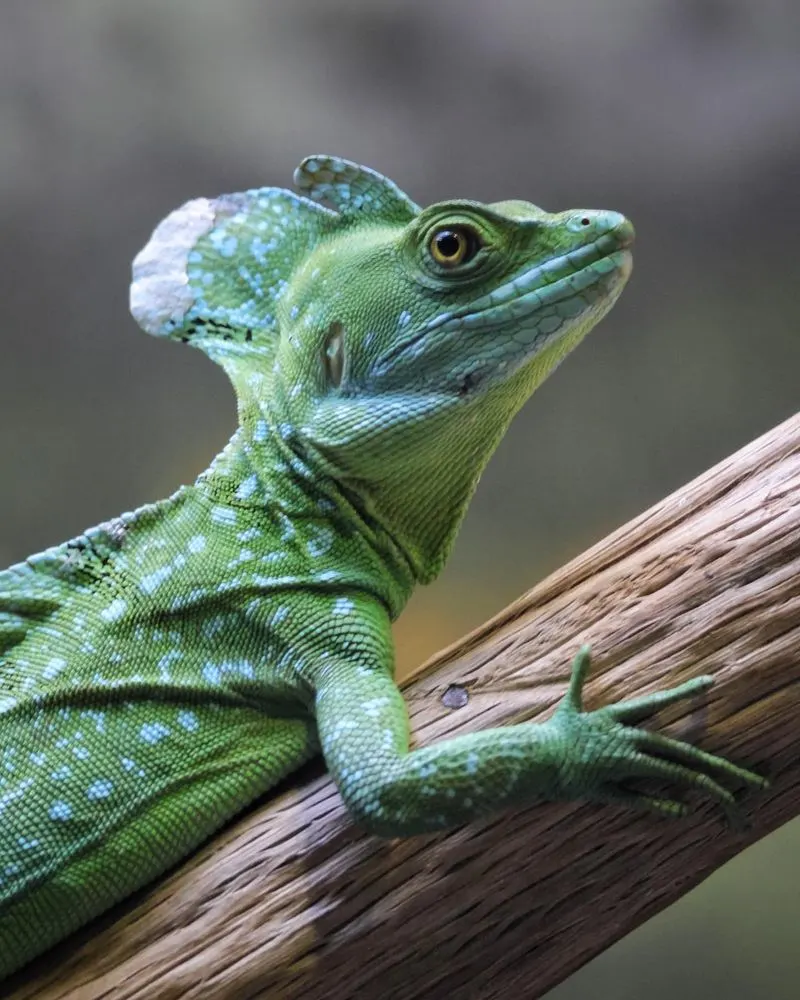
The Basilisk, a legendary serpent, is famed for its deadly gaze and venomous breath. In medieval lore, it embodies fear and fascination, often depicted as a king of serpents.
The Basilisk’s glance is said to turn beings to stone, symbolizing ultimate destruction. This creature appears in various cultures, from ancient Roman to later European tales.
Despite its fearsome nature, the Basilisk also represents challenges to overcome. Its stories encourage bravery and resilience in the face of adversity.
This mythical antagonist continues to intrigue, embodying the mysteries of nature’s darker side.
Naga
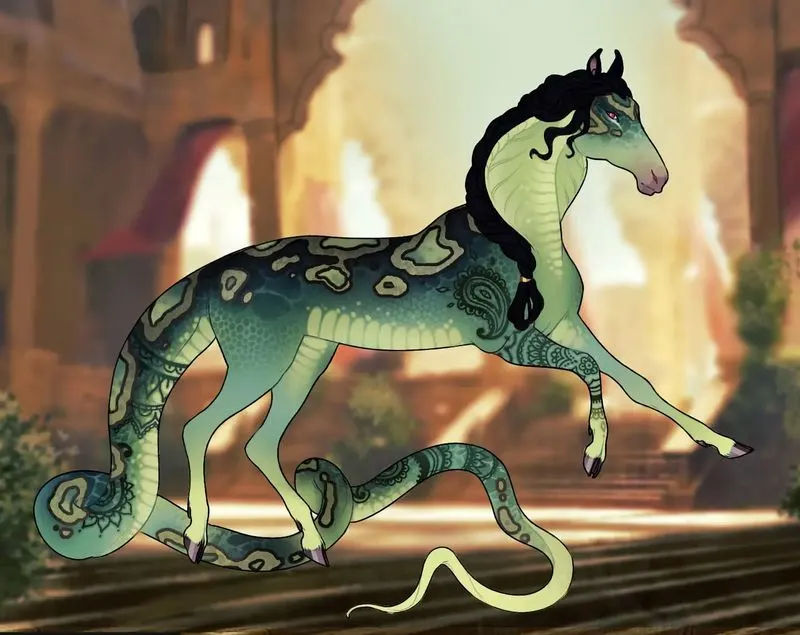
Nagas, serpent-like beings, hold significant roles in Hindu and Buddhist mythology. They dwell in water bodies, symbolizing both danger and protection.
Revered as guardians of treasures and wisdom, Nagas are often depicted with multiple heads and majestic forms. In Hindu epics, they are allies of gods, while in Buddhism, they protect sacred texts.
Their role as divine protectors fosters reverence and awe. Nagas’ dual nature—dangerous yet benevolent—reflects the complexities of spiritual beliefs.
These mystical beings continue to be celebrated in festivals, embodying cultural richness and spiritual depth across Asia.
Mandrake
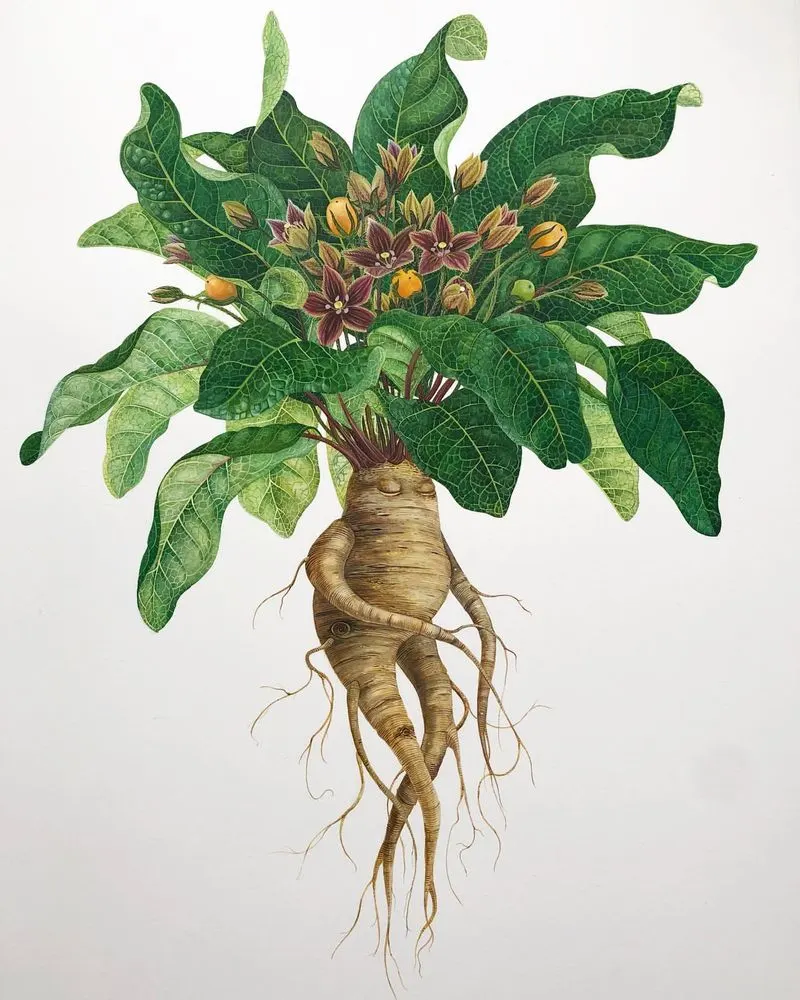
Mandrake, a plant with human-like roots, features prominently in ancient European folklore. Known for its magical properties, it was believed to scream when uprooted, causing death to those who heard it.
Mandrake’s mystical reputation made it a staple in witchcraft and alchemy, believed to enhance fertility and protection. Its shape and supposed powers spawned numerous legends, blending fear and fascination.
Mandrakes were carefully harvested under specific conditions to avoid their deadly effects. This plant’s rich mythological history underscores its potent symbolism, merging nature and magic in intriguing ways, and continues to inspire wonder.
White Stag
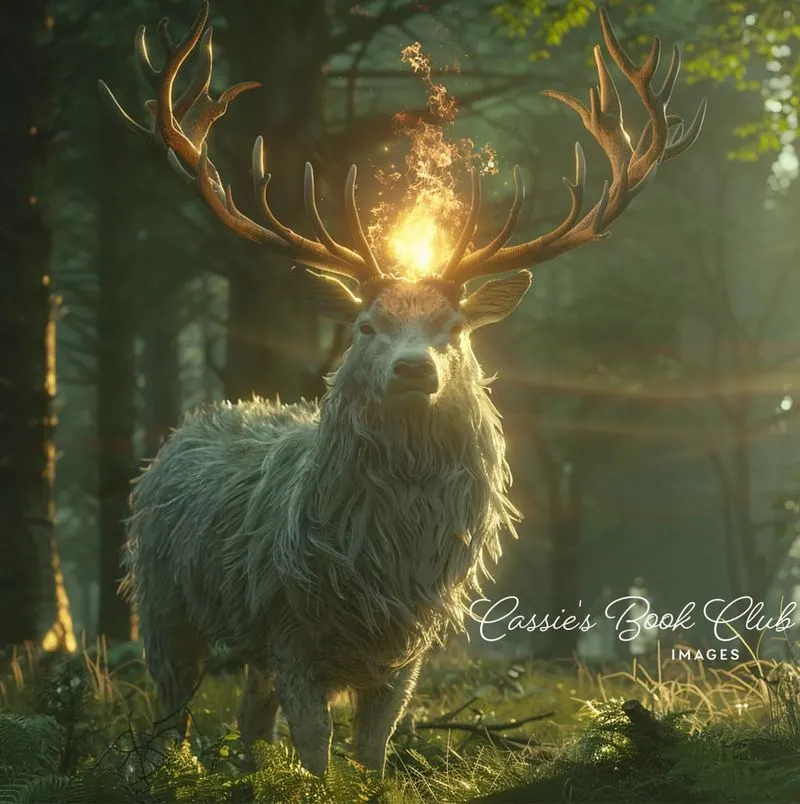
The White Stag, a mythical creature from Celtic and Arthurian legends, symbolizes purity and transformation. Sightings of this elusive animal often signal profound change or quests.
In Celtic beliefs, it represents the Otherworld, a realm of enchantment. The White Stag guides heroes on spiritual journeys, embodying the call to adventure.
Its ethereal presence in forests adds to its mystique, inspiring tales of courage and destiny. This creature’s allure lies in its ability to transcend the ordinary, offering glimpses into a magical realm.
The White Stag remains a powerful symbol of transformation and guidance.
Lotus Flower
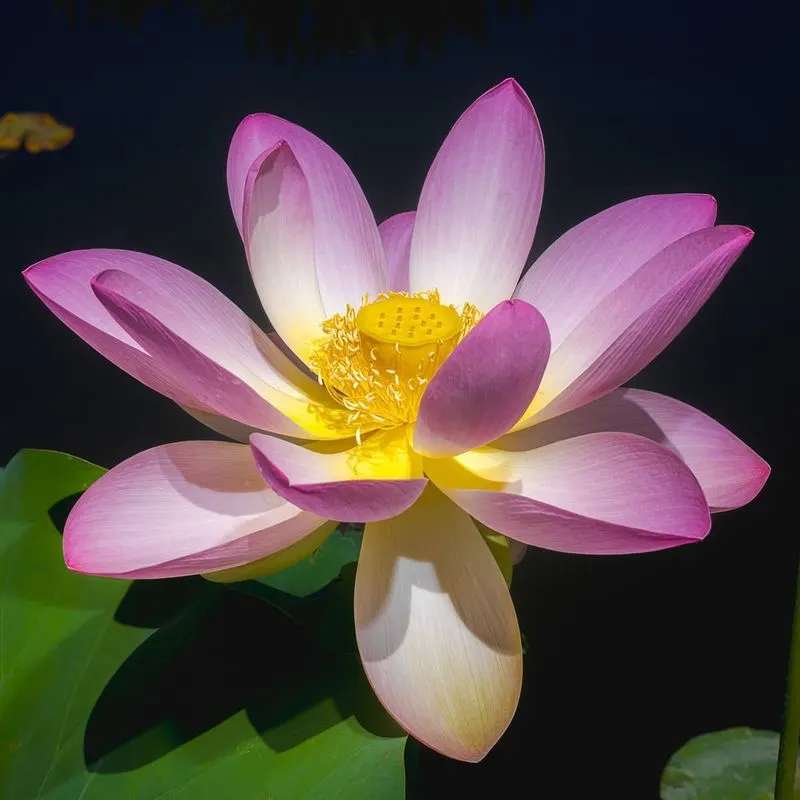
The Lotus Flower holds deep spiritual meaning in various cultures, particularly in Hinduism and Buddhism. Emerging from muddy waters to bloom beautifully, it symbolizes purity, enlightenment, and rebirth.
The journey of the lotus mirrors the human path to spiritual awakening amidst worldly challenges. In Buddhism, it represents the potential for all beings to attain enlightenment.
The lotus’s serene beauty amid adversity inspires meditation and reflection. This floral emblem’s significance extends beyond religion, representing personal growth and the pursuit of wisdom.
The lotus continues to be revered as a symbol of hope and renewal.

